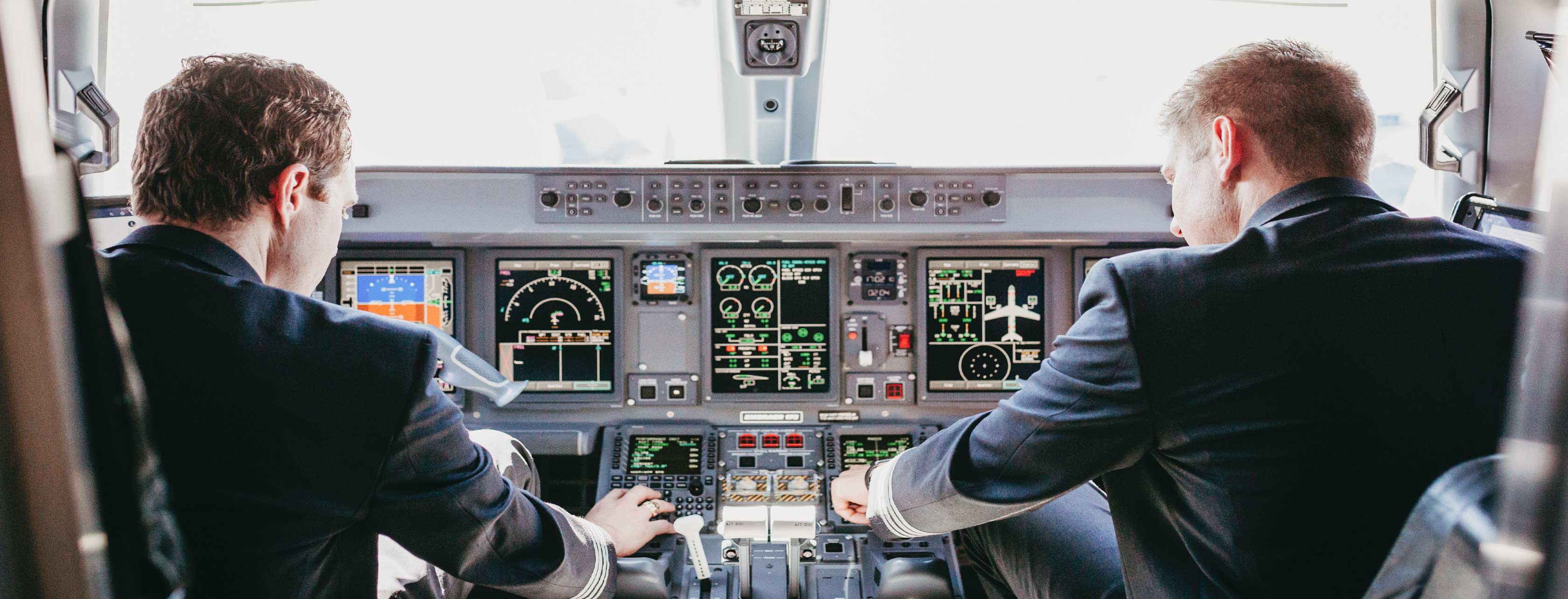Page Not Found
Please return to the ATP Home Page where you will find links to everything on our site, or try finding what you’re looking for with a search.

Please return to the ATP Home Page where you will find links to everything on our site, or try finding what you’re looking for with a search.
Become an airline pilot. Nation's leader in commercial pilot training, offering the best airline-oriented flight training at 81 flight schools nationwide.
ATP's Airline Career Pilot Program flight training takes you from zero experience to commercial multi-engine instrument rated pilot with flight instructor certificates in just nine months.
Minimum admissions prerequisites and requirements for Airline Career Pilot Program students at ATP Flight School.
Become an airline pilot in just 18 months. ATP's Airline Career Pilot Program with Airline Direct Track is the fastest way to start your career.
Every aspect of the Airline Career Pilot Program is optimized to prepare you for your future career, and the training you will receive is airline-oriented and based on actual airline methods and procedures. You will graduate prepared for success and ready for your airline interview, airline indoctrination training, and eventually flying the line as a commercial pilot.
Types of airline sponsored pilot training including tuition reimbursement, cadet pilot programs, Frontier Direct, Sun Country Airlines Direct Pilot Program, United Airlines Aviate, Alaska Airlines Pilot Pathways, American Airlines Cadet Program, Delta Air Lines Guaranteed Interview Program and other pilot bonuses and financial incentives. Earn financial assistance through ATP's airline partnerships to reduce the cost of paying for your flight training.
As an Airline Career Pilot Program student, you'll attend ATP Elevate Ground School for private pilot, instrument, and flight instructor ground school. A total of six weeks of Elevate ground school sets the foundation for your aeronautical knowledge and complements your flight lessons and one-on-one briefings with your instructor.
After graduating from ATP's Fast Track Airline Career Pilot Program you will be a certificated flight instructor, having your single-engine and instrument instructor ratings. As an ATP instructor, you have the option to build the 1,500 hours of flight time required by airlines about 18-24 months.
Six week fast track flight instructor ground and flight training. Learn from nationally awarded and recognized instructors, and gain the certification you need to become a professional pilot.
ATP Flight School students can be awarded credit for Flight Certificates earned at ATP placing them on the Fast Track to College Degrees in Aviation.
Steps to Enrolling and Becoming a Commercial Pilot in ATP's Airline Training Programs.
ATP Flight School instructors set the industry standard for professional airline-oriented flight training. Each instructor shares your passion and is aligned with your goal of becoming an airline pilot. The quality and professionalism of ATP instructors have been consistently recognized by AOPA and the National Association of Flight Instructors.
Training supplements, flight training gear and FAA pilot training material for ATP's Airline Career Pilot Program.
What's Included in the cost of the Airline Career Pilot Program, including pilot certifications, flight time, training and career resources. ATP Flight School quotes prices based on realistic flight time requirements, providing up-front, fixed cost pricing for becoming a pilot.
ATP's dedicated team of Training Support Specialists provide you with ongoing personalized assistance to ensure your pilot training stays on-time and on-budget.
Flight training timeline of how long ATP's Airline Career Pilot Program will take you from zero time thru commercial pilot with all CFIs in as little as twelve months.
Students in the Airline Career Pilot Program (ATP's total immersion flight training program) participate full-time in a variety of flight training activities, every day, to become proficient commercial airline pilots. A typical flight training day / week consists of flying lessons, simulator training, ground school, self-study and group classes.
Current Status as of fuel surcharge in effect for Airline Career Pilot Program students.
ATP's Airline Career Pilot Program combines proprietary supplements and video lessons with industry-leading courseware to give you the most comprehensive and in-depth selection of online flight training materials.
ATP provides students and graduates with a wide range of expanded pilot career services. A dedicated career services team, airline and corporate hiring partnerships and exclusive low-time pilot job opportunities are available to ensure that you achieve your goal of becoming a successful airline pilot.